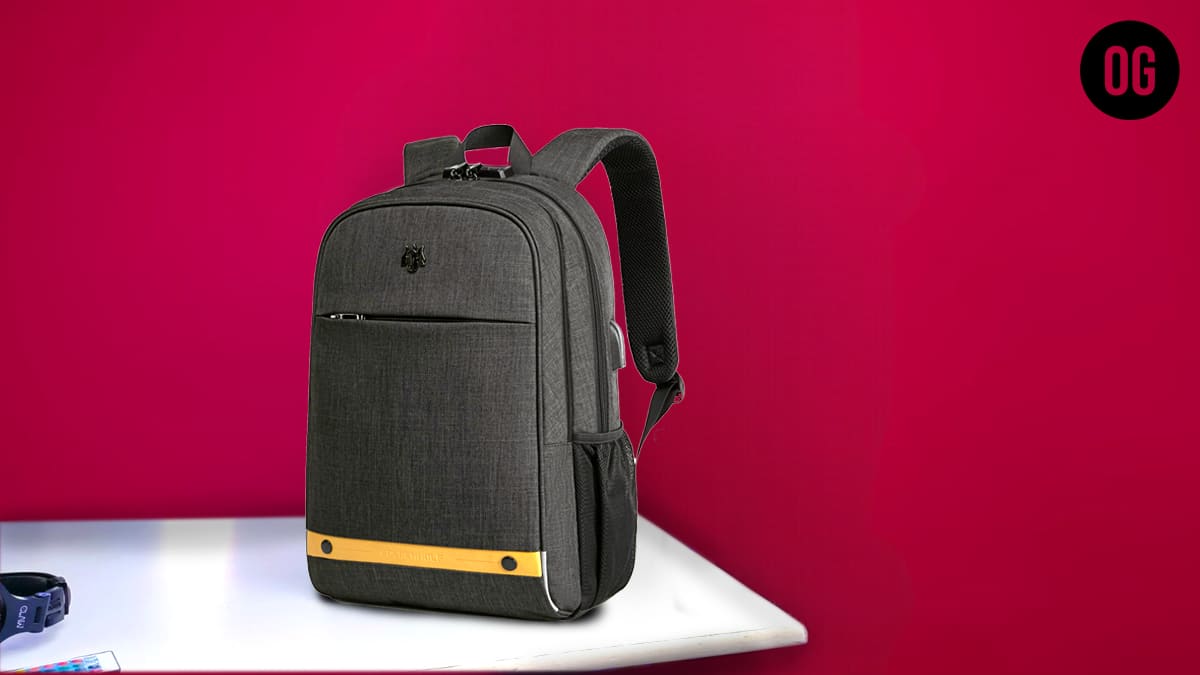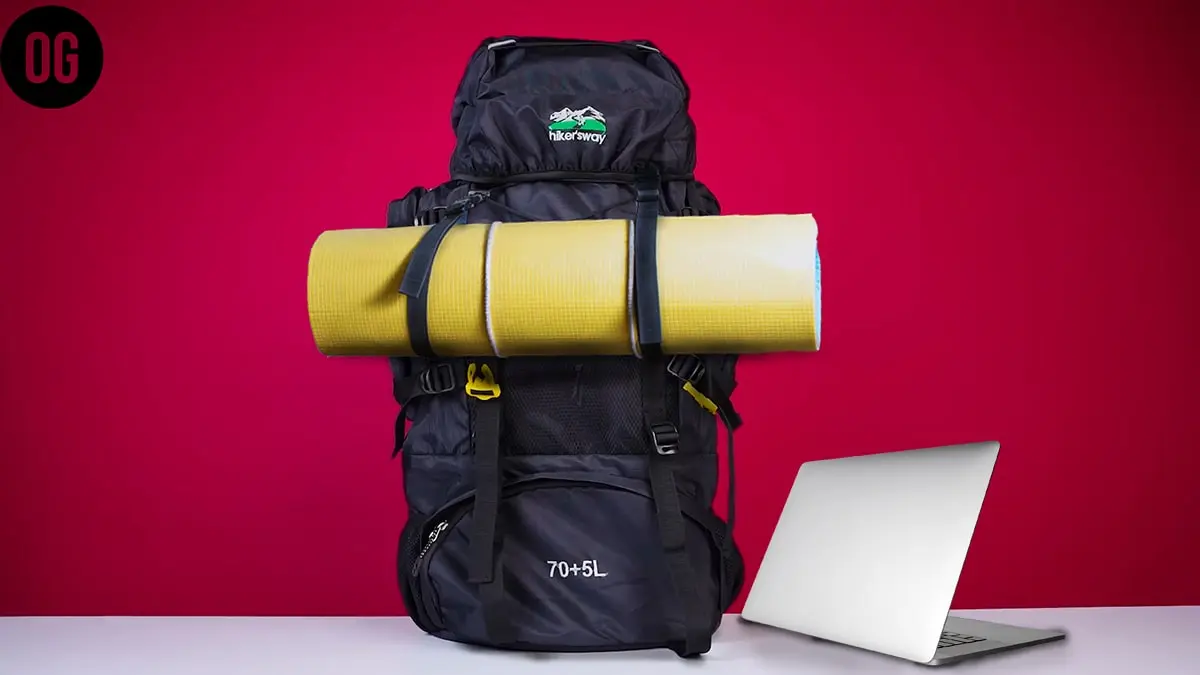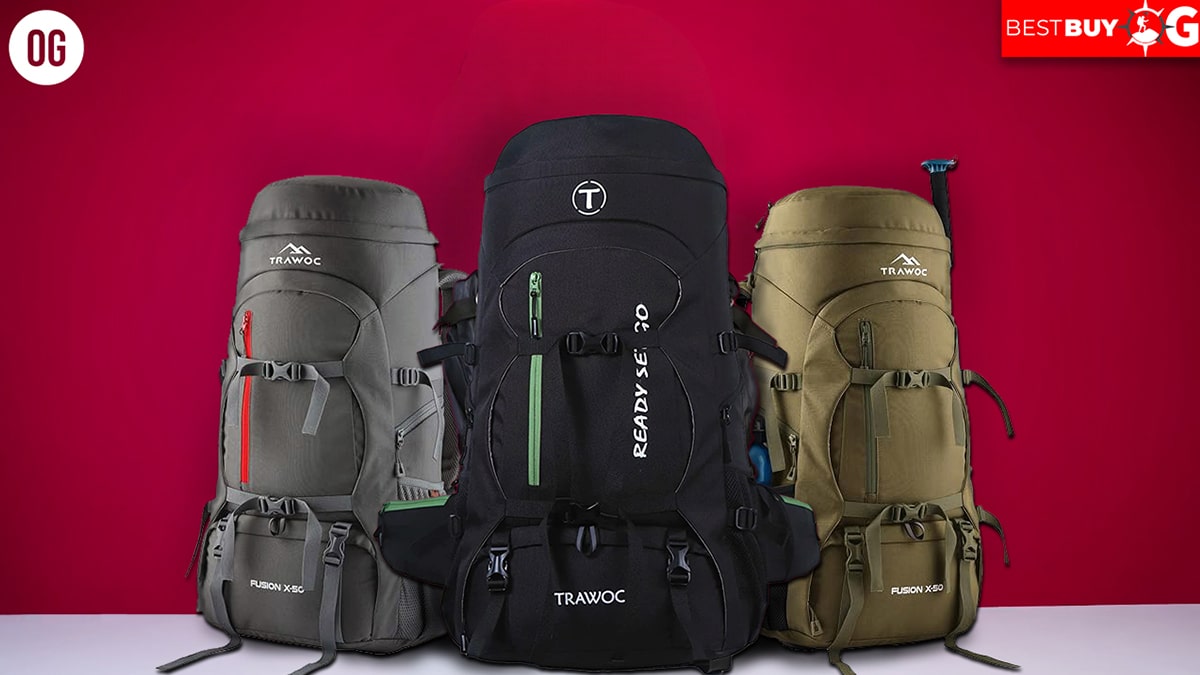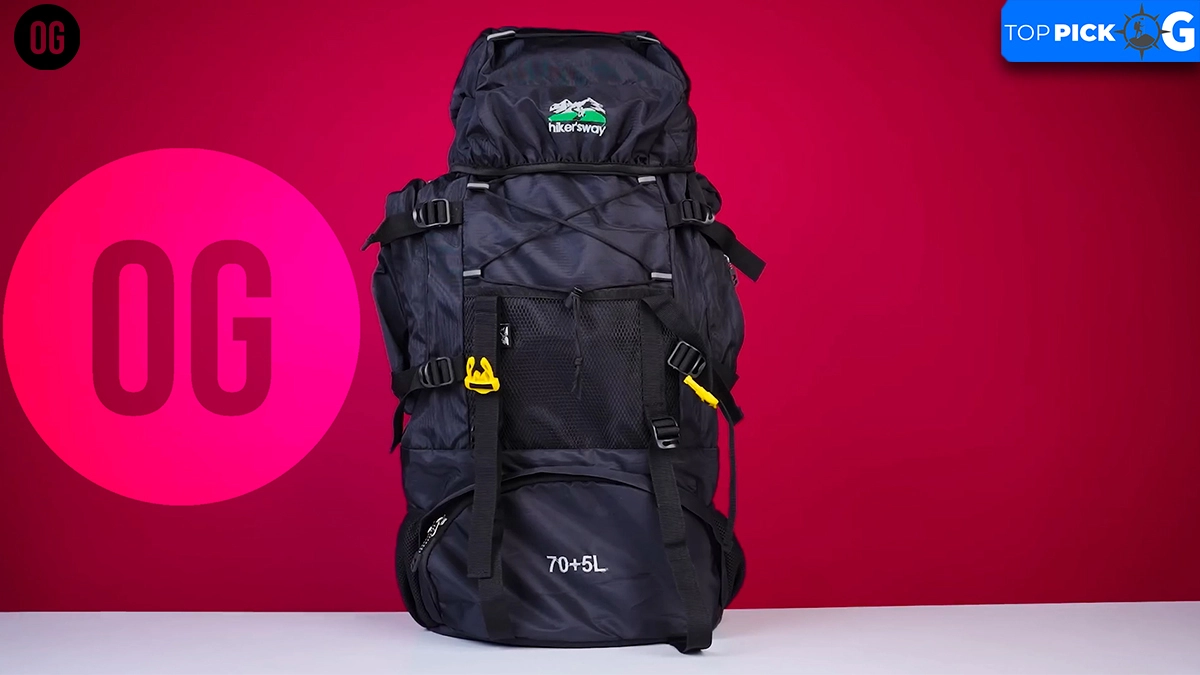6 Essential Tips on How To Properly Fit Your Backpack
Before selecting the best backpack for your next adventure, it is very important to know how to properly fit your backpack.
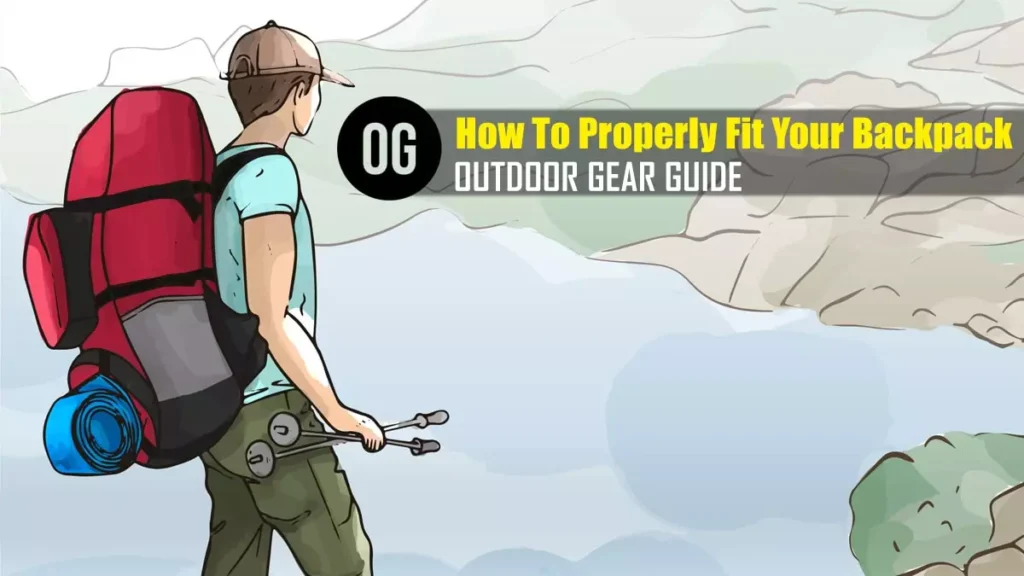
Table of Contents
Most importantly, the ideal backpack for you is the one that matches your body’s contours seamlessly.
A crucial aspect in discovering this perfect fit is securing a backpack of the right dimensions, such as small, medium, or large, based on your torso length rather than your overall height.
This article How To Properly Fit Your Backpack provides a guide to measure your dimensions conveniently at home.
Additionally, this article How To Properly Fit Your Backpack offers insights into adjusting the fit of your new backpack and suggests adjustments to enhance comfort during your hiking adventures.
For assistance in selecting a backpack that aligns with your trail necessities in terms of capacity and features, delve into ‘Backpacks: How to Choose’.
Related: 7 Best Tents For Camping And Backpacking
Understanding Backpack Fit
Why it Matters?
The fit of a backpack plays a pivotal role in both comfort and overall health during outdoor activities. Proper backpack fit is more than just a convenience; it significantly impacts one’s posture, muscular health, and overall comfort.
Firstly, an ill-fitted backpack can cause strain on the shoulders, neck, and back. If the backpack is too large or small for the wearer’s torso, it can lead to an uneven distribution of weight.
This imbalance can force the body to compensate by leaning forward or backward, causing strain on muscles and potentially leading to discomfort, fatigue, or even injury, especially during extended periods of wear.
Secondly, an improperly fitted backpack can affect spinal alignment.
Carrying a load that doesn’t align with the body’s natural center of gravity can cause unnecessary stress on the spine.
Over time, this can result in spinal misalignment issues or exacerbate existing back problems.
Moreover, a well-fitted backpack ensures proper weight distribution, reducing the risk of muscle fatigue.
When a backpack fits correctly, it allows the body’s stronger muscles—such as those in the core and legs—to support the weight more effectively, minimizing strain on the weaker muscles in the shoulders and back.
In essence, a properly fitted backpack is crucial for maintaining comfort during outdoor activities and safeguarding long-term musculoskeletal health.
Investing time and effort into finding the right fit can significantly contribute to an enjoyable and injury-free outdoor experience.
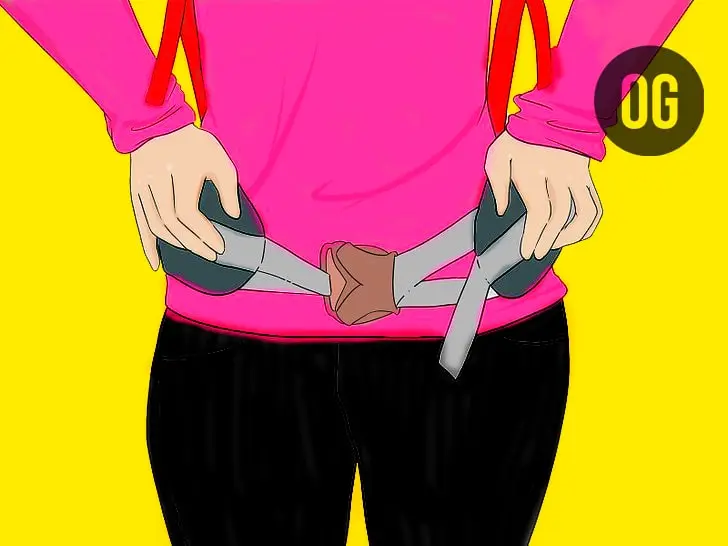
Relationship Between Body Type and Backpack Fit
The relationship between body type and backpack fit is a crucial aspect often overlooked when selecting a backpack.
Body type variations significantly impact how a backpack distributes weight, aligns with the spine, and maintains comfort during use.
Individuals with different body shapes require specific features for an ideal fit. For instance, torso length is a pivotal factor; taller individuals might need a longer torso length to ensure the hip belt sits properly on their hips.
Moreover, shoulder width and curvature vary among people, affecting how the straps lay across the shoulders.
Those with broader shoulders might benefit from adjustable or wider shoulder straps to prevent discomfort or chafing.
Additionally, body composition plays a role. Individuals with more muscular builds might require sturdier frames or more substantial padding to accommodate their body mass effectively. Conversely, those with petite frames may prefer lighter packs with narrower dimensions.
Understanding one’s body type aids in selecting the right backpack. Manufacturers offer diverse sizes and adjustable features to accommodate various body shapes.
Ergonomic designs, adjustable harness systems, and customizable fittings enhance the backpack’s adaptability to different body types, ensuring comfort, and weight distribution, and preventing strain or injury during prolonged use.
Different types of backpacks and their specific fitting considerations
Various backpack types cater to specific needs, each requiring distinct fitting considerations.
Hiking backpacks prioritize weight distribution and comfort, necessitating adjustable straps, hip belts, and torso length for optimal fit during long treks.
For travel backpacks, versatility and security matter; fitting considerations involve size compliance with airline regulations and ergonomic compartments for efficient packing.
School or daily backpacks emphasize functionality and comfort, considering padded straps, back support, and compartments for organization.
Tactical or military backpacks focus on durability and load-bearing capacity, requiring adjustable straps and modular features for customized fittings.
Understanding these distinctions ensures selecting the right backpack and proper fitting for specific purposes and activities.
Preparing for Fitting
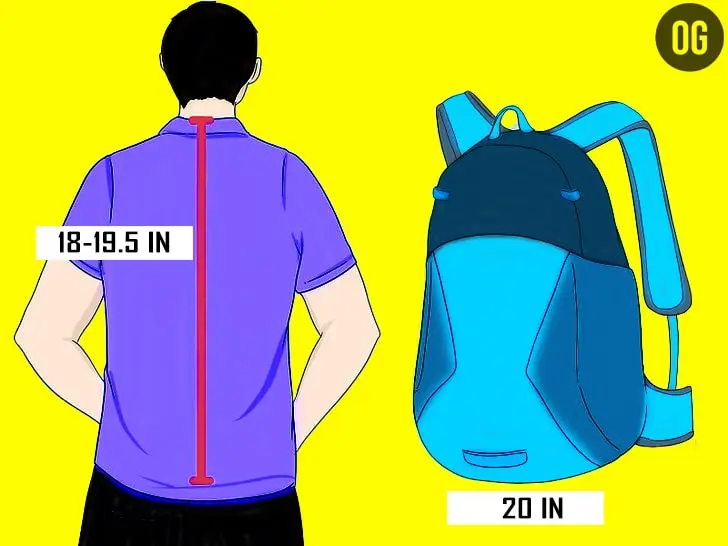
Choosing the Right Backpack
Selecting the appropriate backpack size and style hinges on the intended use. For day hikes or commuting, smaller packs (10-30 liters) suffice, offering comfort and ample space for essentials.
Multi-day hikes demand medium-sized packs (30-50 liters) to accommodate clothing, food, and gear.
Extended trips or backpacking necessitate larger packs (50+ liters) for bulkier equipment and supplies.
Consider styles like top-loading for hiking, clamshell openings for travel, and organizational compartments for everyday use.
Ultimately, understanding the purpose guides the choice: smaller for short outings, medium for overnight trips, and larger for extended adventures, while style enhances functionality based on specific needs.
Weight And Distribution
Considering load weight and distribution is paramount in preventing discomfort, fatigue, and injury when using a backpack.
Improper weight distribution strains the back and shoulders, leading to muscle fatigue and potential long-term issues.
Balancing weight evenly between the hips and shoulders reduces strain, enhancing stability and comfort.
Moreover, a well-distributed load improves mobility and posture, preventing accidents and minimizing the risk of falls or tripping.
Understanding load weight ensures the body carries a manageable burden, optimizing performance during outdoor activities and daily routines while safeguarding against physical strain and injury.
Necessary Gear
- Measuring tape
- Weights
Step-by-step Fitting Guide
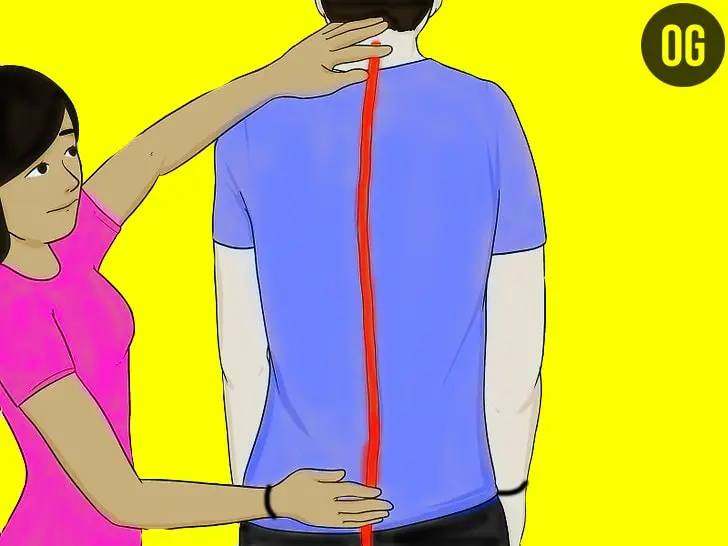
Determine the Length of Your Torso
To get an accurate measurement, grab a friend and a flexible tape measure. First, lean your head forward and locate where the base of your neck meets your shoulders. This marks the top of your torso at the 7th cervical vertebra (C7).
Next, with your hands on each side of your body, trace down from your ribcage to where your hip bones protrude (known as the iliac crest). Imagine a line connecting your thumbs at this point, indicating the bottom of your torso length at your lumbar area.
Now, stand tall and have your friend measure the distance between the C7 and the imaginary line made by your thumbs. That measurement is your torso length.
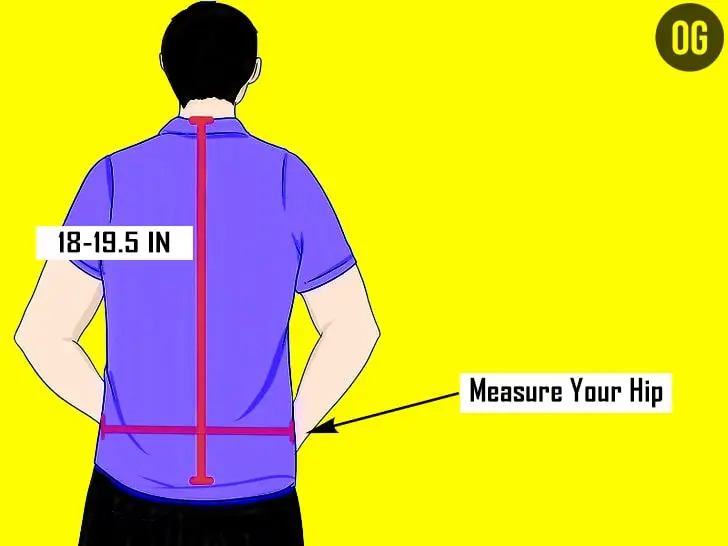
Find Your Hip Size Accurately
Ensuring your pack fits perfectly involves more than just torso length. Your hips play a crucial role in supporting the pack weight.
To measure your hip size accurately, wrap the tape measure around the top of your hips, aligning it with the previously located iliac crest from the torso measurement. Remember, this line is slightly above your beltline, so hipbelt size may vary from pant-waist size.
It’s uncommon for a pack’s waist/hip sizing to be incorrect if your pack size matches your torso length.
However, verifying your hip measurement is essential since most of the pack’s weight rests on your hips. A well-fitting hipbelt is paramount for comfort and support.

Making Adjustments to Your Torso Length
Present in numerous backpacks, an adjustable suspension system allows for accommodating a broader spectrum of torso lengths and achieving a more customized fit for users.
Various brands utilize diverse systems, yet many are user-friendly. When purchasing a pack equipped with this feature, adjusting the torso length stands as the foremost and pivotal fit modification.
If you encounter issues with other fit adjustments feeling inadequate or uncomfortable, it’s prudent to reassess and readjust the torso length setting to ensure optimal comfort and support.
Backpack’s Fit From Home
Your new backpack offers multiple straps to tailor the load for maximum comfort during your trek. Leveraging your robust leg muscles, the aim is to distribute the bulk of the load onto your hips for optimal support.
Here are the four main adjustment straps:
- Hipbelt
- Shoulder straps
- Load-lifter straps
- Sternum strap
Begin by adding around 15 pounds of weight to the pack, mimicking a typical load. Prepare to have a friend assist or use a mirror to evaluate the fit after each adjustment. Initially, slightly loosen all the adjustment straps before initiating the process.
Adjustments occur in two primary phases:
- Phase One: Shoulder straps and hipbelt
- Phase Two: Load-lifters and sternum strap
Furthermore, as achieving the perfect fit is an evolving process, seasoned hikers continuously fine-tune strap tension to alleviate any pressure points.
This ongoing refinement akin to an encore ensures sustained comfort throughout your expedition.
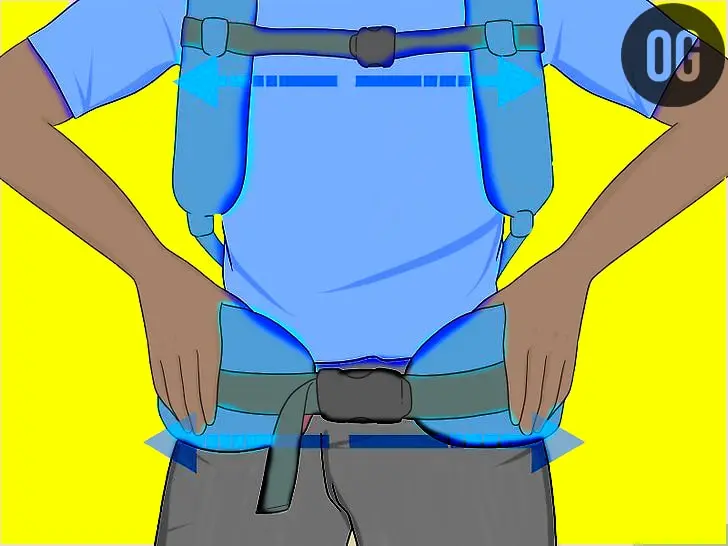
Step One: Hipbelt
Wear the backpack and adjust the hipbelt until its padding snugly encircles the upper part of your hip bones (known as the iliac crest).
If the hipbelt seems too high or too low, tweak the shoulder straps to elevate or lower the hipbelt position.
Secure the hipbelt buckle and ensure it’s snug without excessively pinching your hips. Take care not to overtighten it—optimal adjustment allows for security without discomfort.
Inspect the hipbelt’s padded sections to confirm they rest atop your hips. If they don’t, readjust the shoulder straps and hipbelt tension. Experiment with different tensions until you find the perfect fit.
The padding on the belt should slightly surpass the front point of your hipbones. There should also be a minimum of one inch of space on each side of the center buckle.
If you have less clearance, consider contacting REI to explore the availability of a smaller belt size.

Step Two: Shoulder Straps
Gently tug down and backward on the ends of the shoulder straps to achieve a snug fit.
Remember, the shoulder straps should closely hug your shoulders but must not bear the majority of the load. Overburdening them could strain your neck, shoulders, and upper back.
Verify that the anchor points of the shoulder straps on your backpack sit about 1 to 2 inches below the top of your shoulders, approximately aligned with the upper edges of your shoulder blades.
If not, it could indicate a misalignment between your hipbelt level or an incorrect torso length for your pack.
Experiment with the tension of the shoulder straps by adjusting them incrementally. Mastering these subtle adjustments will allow you to alleviate any discomfort or pressure points during your hike, ensuring a more comfortable journey.
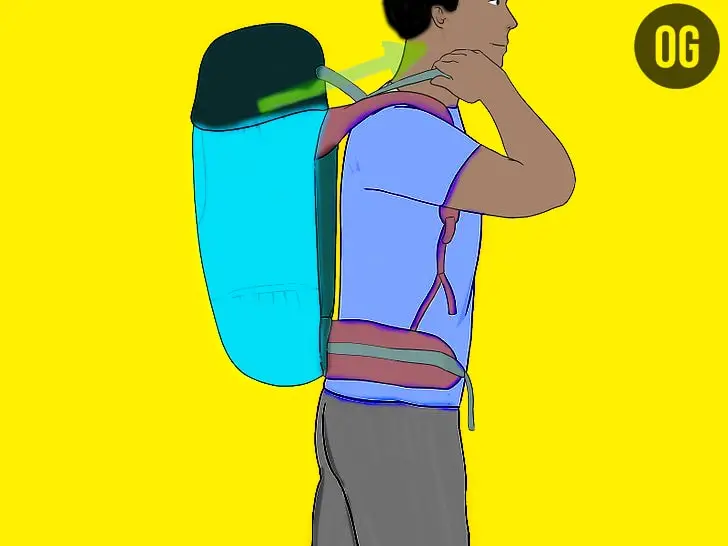
Step Three: Load Lifters
The load-lifter straps link the upper part of the shoulder harness to an anchor point near the pack’s top back panel. When adjusted, they ideally form an approximate 45-degree angle directed backward toward the pack body.
It’s crucial not to over-tighten these load-lifter straps. Although excessive tension might initially feel good, it can lead to pinching in the shoulder joints and subsequent discomfort.
Aim for a snug feel without stiffness when adjusting these straps. If you observe any space at the top of your shoulder harness, consider loosening the load lifters and readjusting them for a better fit.
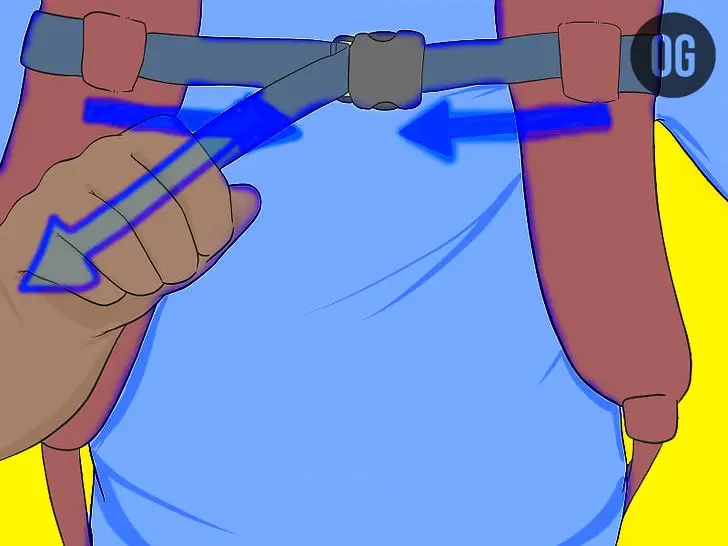
Step Four: Sternum Strap
Adjust the sternum strap to a comfortable position across your chest, approximately one inch below your collarbones.
Secure and tighten the sternum strap to establish a shoulder strap width that permits unrestricted movement for your arms.
Be cautious not to over-tighten the sternum strap. Doing so may alter the overall harness fit, compress your chest muscles, and limit your ability to breathe freely.

Backpack’s Fit While on The Trail
Past the ten-mile mark, achieving that initial near-perfect fit might start to feel like a distant memory. However, maintaining a good fit demands continuous attention throughout your trail journey.
Before hitting the trail, familiarize yourself extensively with all the adjustment options on your pack. Develop a solid understanding of how each strap functions to customize your fit.
Memorize your preferred fit while at home, ensuring you can easily revert to it whenever necessary.
As you hike, tweak the adjustment straps to address any aches, pains, or pressure points that arise. Trial and error will guide you to discover the optimal adjustments tailored to your pack and body.
To counter load fatigue, a common tactic involves tightening the shoulder straps and loosening the hipbelt initially, and then reversing these adjustments later on.
Pay attention to your body position; a slight forward lean can help distribute the load more evenly.
Whenever you take a break, remove your pack. This provides your hard-working back with a chance to rest and breathe, while giving you the opportunity to stretch out those overworked muscles.
FAQs: How To Properly Fit Your Backpack
Which is more advantageous: securing your backpack snugly or leaving it a bit more relaxed?
Adjust the straps to ensure the backpack sits snugly against your body, resting evenly in the center of your back without drooping down towards your lower back. Properly lifting the backpack can prevent potential back injuries.
What happens if your backpack is too big?
Excessive weight and ill-fitted backpacks may cause children to experience backaches and neck soreness. When backpacks are overloaded, it can result in stiff necks, sore shoulders, and aching backs for children. However, there are straightforward methods you can use to assist your child in avoiding these discomforts.
What is a healthy backpack weight?
Regardless of the backpack’s quality, lighter weight is consistently preferable. Employ a bathroom scale to ensure the pack doesn’t exceed 10% to 20% of your child’s body weight. For instance, if a child weighs 80 pounds, their backpack shouldn’t surpass 8 to 16 pounds in weight.
How do you fit as much as possible in a backpack?
Opt for rolling your clothes as it tends to minimize the space they occupy within the backpack. Place thicker or bulkier items at the bag’s core, while lighter clothing can be tucked around these items to optimize space utilization.

